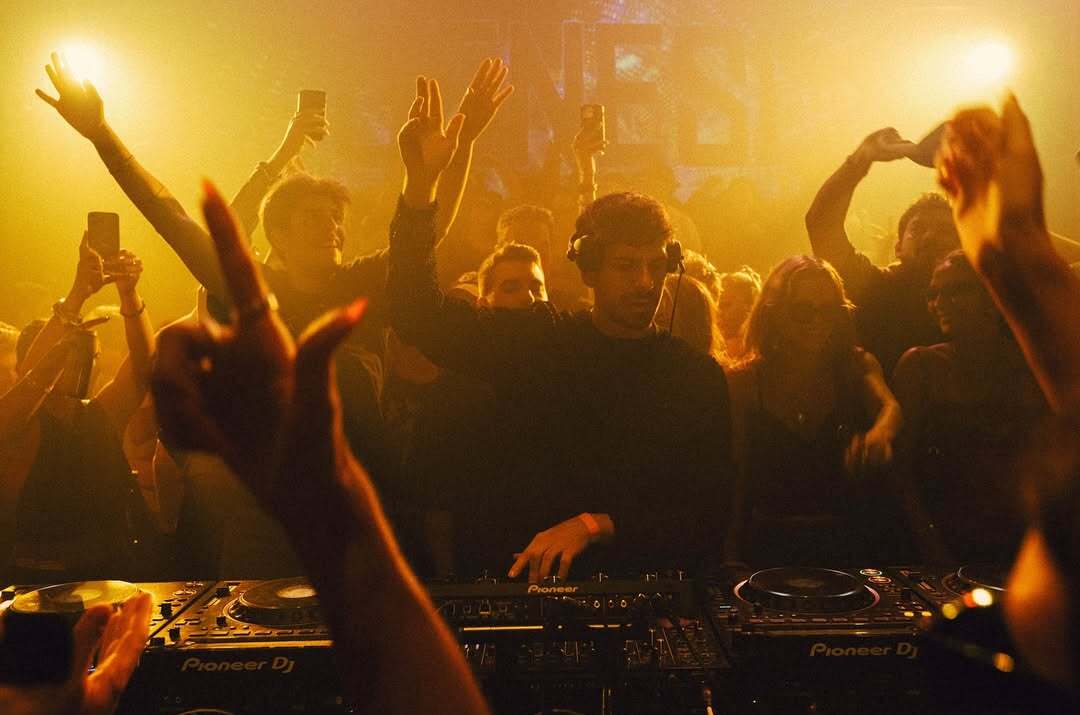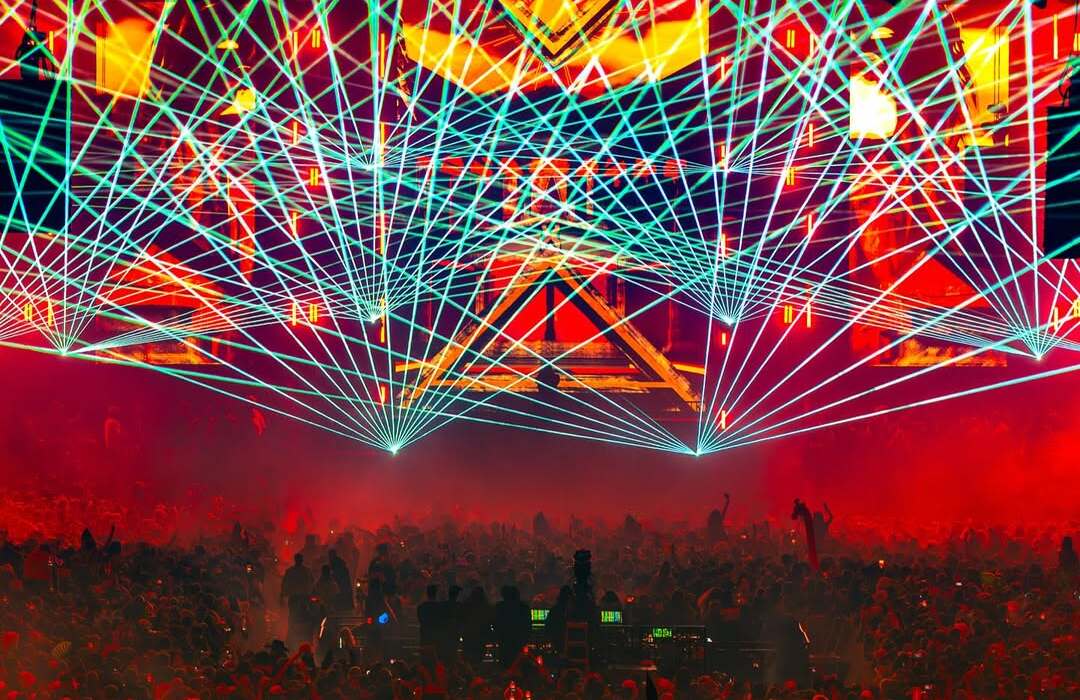In shonen battle manga, the framing of fights is important. If readers don't why or how two characters are coming to blows, they won't care who wins or who loses. This is why it's so impressive how the severely underrated Zatch Bell! handles its fight scenes so creatively.
Written and illustrated by Makoto Raiku, Zatch Bell! ran in Weekly Shonen Sunday from 2001 to 2007, with 33 volumes published. The series follows 14-year-old prodigy Kiyo Takamine, a boy so envied by his peers he can't bring himself to even attend school for fear of mock and ridicule. Then he receives a gift from his father: a strange amnesic boy named Zatch Bell carrying a book written in an indecipherable language.
They soon learn Zatch is actually a demon from another world. With Kiyo's help, he can call out spells from the book and release thunderous lightning or create barriers of electricity. Together, they must defeat 99 other demon children and book master pairs across the globe in a battle royale to crown the next demon king.
For the demon children to successfully cast their spells, they need a trusted book master by their side to call out their attacks. This is where Kiyo comes in, as he sticks out quite a lot among other shonen protagonists. Unlike most "act first, think later" shonen heroes, Kiyo is a level headed genius, one who knows how to strategize. When he and Zatch are faced with a new foe, he's the first to try and assess the power of their opponents and how to can effectively counter them.
Take the dark castle battle in the England Arc for example. When Kiyo and Zatch are up against a brigade of inanimate suits of armor, Kiyo quickly realizes Zatch's electric attacks aren't causing much damage. He then finds the armor suits have a flower symbol on the inside, and if they're wiped away, then the suits cease to move and attack. It's a nice change of pace to see strategy applied to a shonen battle manga, especially since Zatch Bell's fights are such desperate encounters.
When two demon and book master pairs encounter each other, the objective in the fight is to try and burn the other's book, sending the demon back to the demon world. It's always a lethal encounter when Kiyo and Zatch find a new opponent; one stray attack or failure to observe your surroundings and the book could go up in flames. No matter how strong any of the demon and book master pairs are, they'll always have a clearly defined weakness.
Kiyo and Zatch learn to strike a delicate balance during fights. Kiyo can't be too far away from Zatch, but if he gets too close, he risks getting the book damaged in the crossfire. One of the better moments depicting their teamwork is in one of their earliest fights. Kiyo and Zatch get ambushed at a greenhouse by a plant-based duo able to control vines and roots like tentacles. Zatch doesn't have great aim at this point, so Kiyo comes up with the smart idea of pointing at the target with his hand so Zatch knows what he's aiming at. It's a simple solution, but one the team still follows even late into the series' run.
This greenhouse fight showcases another one of Zatch Bell!'s strong points: how its fights often take advantage of location. Often, the duo will be minding their own business when they get trapped by enemy demons and book masters from out of nowhere. This set up really gives the fights an intense sense of urgency, but also a tinge of paranoia as you're not quite sure when or where the next set of enemies will appear. There's even a few particularly intense fights where Zatch and Kiyo get attacked in their own home.
It's during these fights that Raiku is able to bring out the best in his art. While by no means poorly drawn, Zatch Bell! has a "gag manga" art style, with outlandish expressions and goofy designs. Once a battle starts, though, Raiku brings out so much tension with his art. During fights, he'll often draw Kiyo with very aggressive facial expressions to highlight the anger or rage he's feeling. Shading is also something he draws more attention to during fights, as he manages to make Kiyo and Zatch feel genuinely intimidating during these moments. He convincingly depicts massive streams of energy and power; look at any panel of Zatch using his "Baou Zakeruga" spell and it really feels like you're watching a dragon of lightning pour out of a child.
Although Zatch Bell was never as famous as the likes of One Piece or Dragon Ball, the manga is worthy of respect for its willingness to create truly meaningful fights and characters. If you've never checked out Zatch Bell!, give this underrated series a chance.
About The Author

